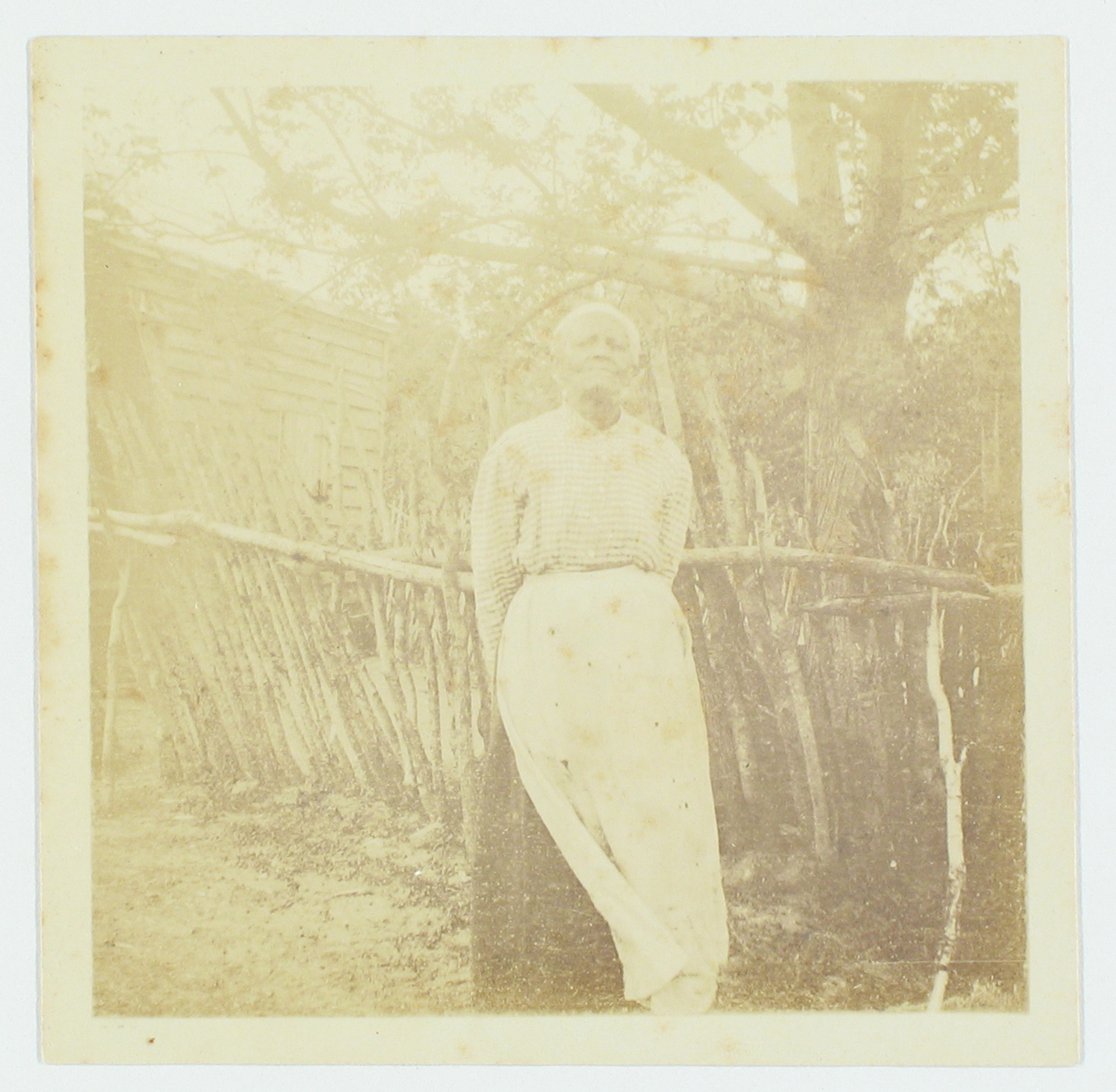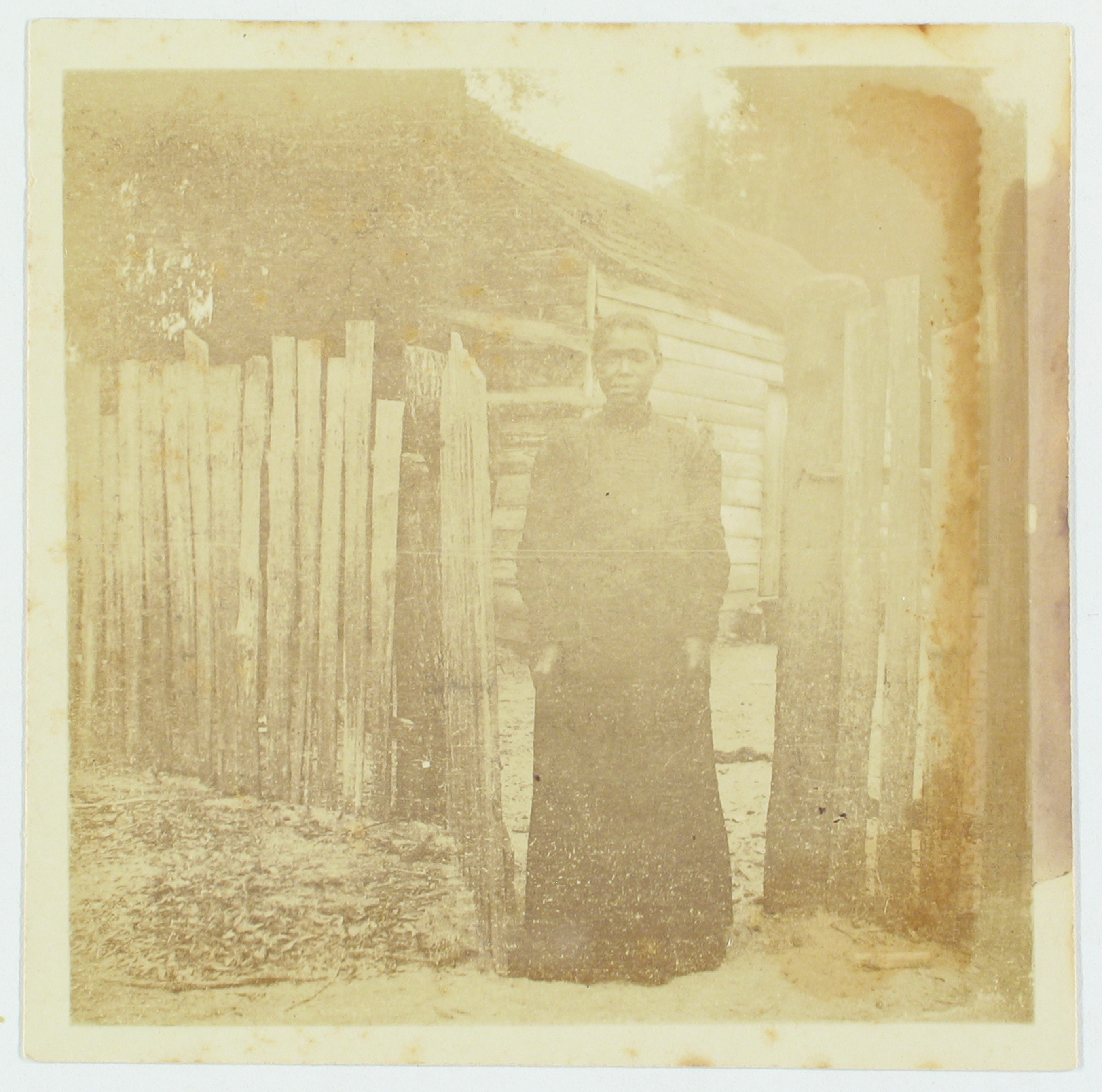Voted the Best Place to See by Condé Nast Traveler.

by Cameron Moon, Preservation Coordinator, the Drayton Hall Preservation Trust
As work begins on the new visitor center, preparations to repurpose the historic caretaker’s house into an interpretive exhibit are underway. While the postbellum period and the 20th century are not periods of primary significance at Drayton Hall, these years were pivotal for the preservation of the property. Phosphate mining became the major industry in Charleston after the Civil War, relying on the labor of freedmen who remained in the area after Emancipation.
Drayton Hall was first leased to a mining company in 1866, and tenant housing was subsequently built on the property to house the miners and their families. These families formed a community during Reconstruction, and many of them remained on the property through the first half of the 20th century, caring for the landscape and the main house while the Drayton family was gone. As we revisit our interpretation of the site with the construction of new facilities, our primary goal is to interpret a complete story of Drayton Hall, striving to illustrate the lives of the enslaved people, women, and African Americans.
Unlike the colonial and antebellum periods where documentation of the enslaved workforce is scarce, evidence of the postbellum African American community is available through census records, oral histories, photographs, leases, maps, and architectural remains. We plan to use the caretaker’s house to interpret the postbellum period and the 20th century at Drayton Hall, allowing us to exhibit this documentary evidence for the first time to interpret the lives of the people who lived at Drayton Hall from the 1860s until the 1940s.

Old Nancy Notes, Drayton Family Servant, undated. Courtesy of the South Caroliniana Library, University of South Carolina, Columbia, SC.
One of the residents of Drayton Hall during this period was Nancy Notes (referred to as “Nanny” by Richmond Bowens). According to Bowens, she worked as a nurse for the Drayton children, Charles Henry II, Charlotta, and Bessie, in the early 20th century. It is possible that Nancy Notes was enslaved by the Draytons. The name “Nanny” appears on an inventory of slaves from c.1857. The name of Nancy Notes’ husband on the 1880 U.S. Census, Quash, is also listed on this inventory. While further research may verify if Nancy Notes and “Nanny” are the same person, her position as a nurse for the Drayton children suggests she had an existing relationship with the Drayton family prior to living on the property after Emancipation.

Diana Roberts, Drayton Family Servant, undated. Courtesy of the South Carolina Caroliniana Library, University of South Carolina, Columbia, SC.
Another woman we believe lived at Drayton Hall during this time was Diana Roberts. According to Richmond Bowens, she lived in one of the few identifiable houses along MacBeth Road today, referred to as the Roberts/McKeever House. It was a two-room framed house with an end chimney, brick piers and shingle roof. Diana does not show up on any census records from 1870-1940. However, a photograph labeled “Diana Roberts, Drayton Family Servants” exists in a collection of Drayton Hall photographs housed at the South Caroliniana Library. In the photograph, she stands at a wooden gate in front of a framed house, which matches the description Bowens gave of houses along MacBeth Road. The house behind her also matches the architectural remains of the Roberts/McKeever House on MacBeth Road today. The end chimney survives, as do the brick piers and other wooden framing elements. Further investigation will help us learn more about Nancy Notes, Diana Roberts, and the African American community that lived at Drayton Hall after the Civil War through the first half of the twentieth century.
We are excited to share this ongoing research with visitors, as this period of time was pivotal for the preservation of Drayton Hall, and it is a story that has often been left untold, until now.
Camero n Moon is a graduate of the College of Charleston with a degree in Historic Preservation and Community Planning and a minor in Anthropology. Her honors thesis chronicled the adaptive reuse of the Cigar Factory on East Bay Street and its relationship with the surrounding neighborhood. Before joining the DHPT staff in September 2014, she worked for Edgewood Builders, where she learned construction, preservation and restoration techniques at Medway Plantation and houses in the historic district. Cameron is currently working on ongoing Drayton Hall conservation projects as well as converting the museum shop, housed in the former caretaker’s house, into an interpretive museum space.
n Moon is a graduate of the College of Charleston with a degree in Historic Preservation and Community Planning and a minor in Anthropology. Her honors thesis chronicled the adaptive reuse of the Cigar Factory on East Bay Street and its relationship with the surrounding neighborhood. Before joining the DHPT staff in September 2014, she worked for Edgewood Builders, where she learned construction, preservation and restoration techniques at Medway Plantation and houses in the historic district. Cameron is currently working on ongoing Drayton Hall conservation projects as well as converting the museum shop, housed in the former caretaker’s house, into an interpretive museum space.